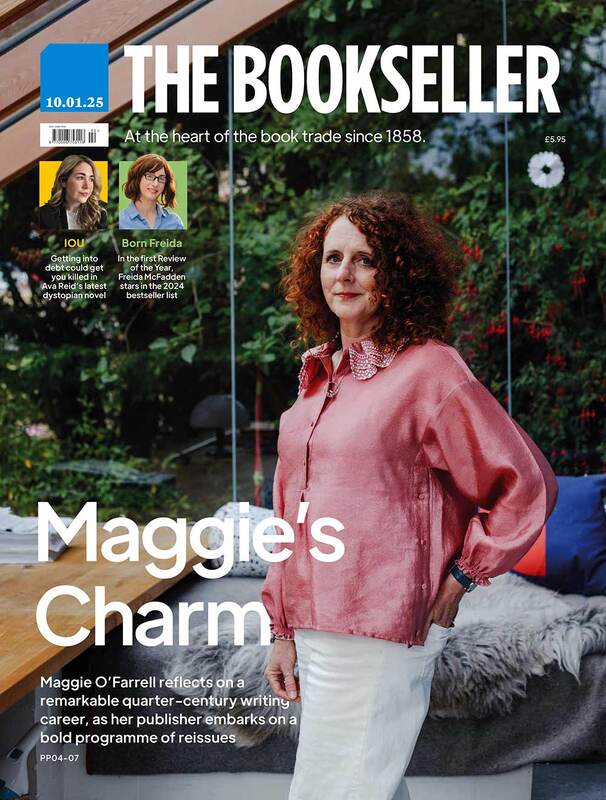You are viewing your 1 free article this month. Login to read more articles.
Engaging English
There’s a feeling of real energy and momentum to the Lit in Colour: Diversity in Literature in English Schools report released this week, from research conducted by Penguin Random House as part of the wider Lit in Colour campaign. The headline stats, which got good exposure in the national media, are dire: less than 1% of students in England currently answer a question on a book by a writer of colour at GCSE and over 80% of young people surveyed couldn’t remember ever studying a book from a Black, Asian or minority ethnic author.
Exam boards are now starting to offer more titles by authors of colour, but that’s barely been taken up in classrooms thus far, with (mostly white) teachers saying they often lack confidence to tackle the material in the classroom, plus they don’t have time or resources to make the shift from the familiar texts they’ve been teaching for years. So with all the wealth of potential choices available, the majority of schools are still favouring what (forgive me, Priestley fans) I am going to call that old chestnut An Inspector Calls as their way to get pupils excited about literature and reading.
But it feels that now is the time that publishers—and all publishers have an opportunity to engage with the Lit in Colour campaign—could really help make a shift which will open up schools’ teaching to become much more engaged and relevant. It is of course desperately important that all children and young people feel a sense of belonging and participation in the material they study, and certainly so if they are going to become life-long book-lovers; and surely what we all want from the study of literature is the excitement of opening up new perspectives, ideas and empathies which are going to cast fresh light on our existing favourites and develop our sense of what we value and why.
And this is a time when fostering excitement and engagement around the study of literature is really essential. In the past few years the number of pupils moving on to study English at A Level has been dropping fast, which then feeds into the number of 18-year-olds applying to study English at university—for this next academic year that stands at just over 7,000 (down by more than a third from 2012). That in turn means threats to the provision of courses—the University of Cumbria has just suspended its intake of Eng Lit students for the autumn because of low numbers.
There are of course many different routes to becoming a reader, or to becoming a publisher for that matter, and the formal study of literature is only one of them; but this hollowing out of humanities learning—encouraged by philistine and baseless government rhetoric on “dead end courses”—is a real blow to this country’s literary culture and to those for whom a university course could be a crucial part of their progress.
Inspiring GCSE pupils—of all backgrounds—into a passion for the subject would be a great start in reversing the process.




